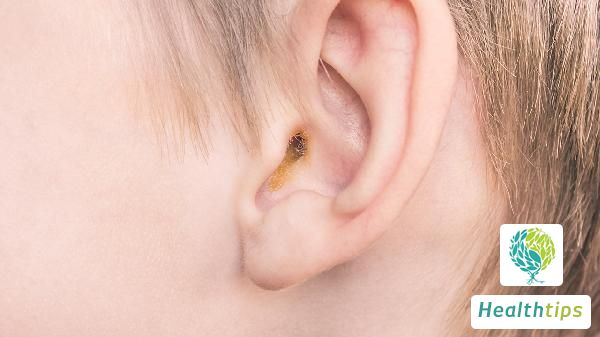What Can Be Added to Millet to Remove Wetness?
Generally, a mixture of millet with coix seed, Chinese yam, Poria cocos, and jujube can help remove dampness in the body.

Coix seed is slightly cold in nature and sweet in taste. It is associated with the spleen, stomach, and lung meridians. It has the effects of strengthening the spleen, stopping diarrhea, promoting diuresis, and eliminating dampness. Boiling it with millet into porridge can eliminate the cold and dampness in the body.
Chinese yam is neutral in nature and sweet in taste. It is associated with the spleen, lung, and kidney meridians. It has the effects of nourishing the spleen and stomach, promoting the production of body fluids and benefiting the lungs, tonifying the kidneys, and astringing essence. Boiling it with millet into porridge can also supplement the body's nutrition and achieve the effect of eliminating dampness.
Poria cocos is a common traditional Chinese medicine ingredient. It is neutral in nature and sweet in taste. It is associated with the heart, lung, spleen, and kidney meridians. It has the effects of promoting diuresis, eliminating dampness, strengthening the spleen, and calming the heart. It can improve symptoms such as lower limb edema and decreased urine output caused by excessive dampness.
Jujube is warm in nature and sweet in taste. It is associated with the spleen, stomach, and heart meridians. It has the effects of tonifying and harmonizing. Combining it with millet can assist in regulating phenomena such as appetite loss due to spleen deficiency, loose stools due to spleen weakness, and insufficient qi, blood, and body fluids. If the condition is severe, local acupuncture, moxibustion, massage, and other methods can also be used to improve it. These methods can dredge the meridians and promote local blood circulation.



















